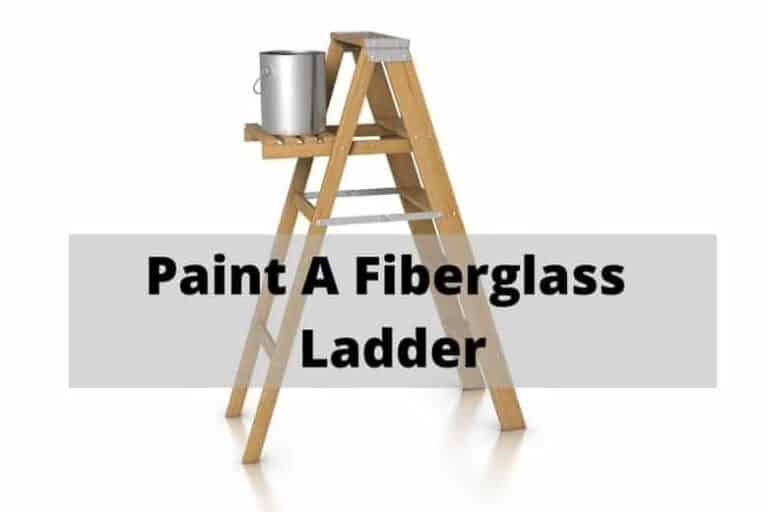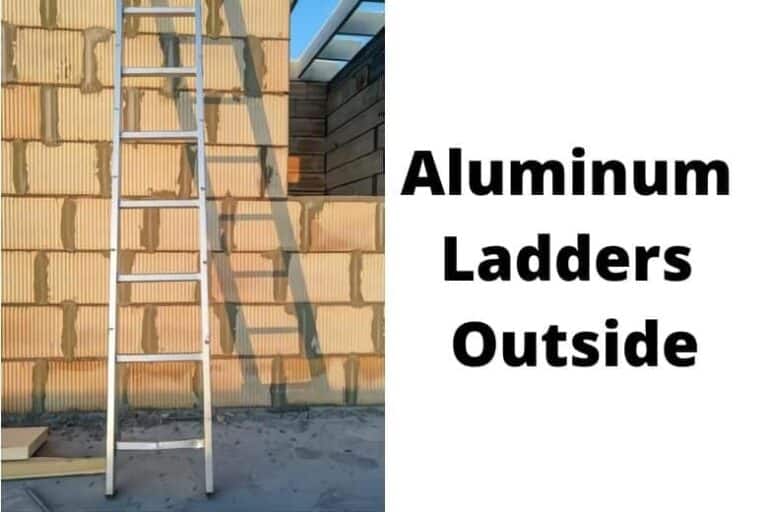What is the Rule for Extension Ladders?
Extension ladders are versatile tools that can be found in various professional and household settings. Whether you’re a professional contractor, a DIY enthusiast, or simply need to access elevated areas, understanding the rules for using extension ladders is crucial. In this article, we will explore the different types of extension ladders, their key features, how to choose the right one, safety guidelines, and maintenance tips. By the end, you’ll have a comprehensive understanding of extension ladder usage, enabling you to work safely and efficiently at heights.
Working at heights requires proper equipment to ensure safety and efficiency. Extension ladders are an essential tool for accessing elevated areas and completing tasks that would otherwise be challenging or impossible. To use extension ladders effectively, it’s important to understand their features, safety guidelines, and maintenance requirements.
Understanding Extension Ladders
What is an extension ladder?
An extension ladder is a type of ladder that can be extended to reach different heights. It consists of two or more sections that slide and lock into place. This adjustability makes extension ladders suitable for various tasks, such as painting, roofing, or maintenance work.
Types of extension ladders
Extension ladders are available in different materials, such as aluminum, fiberglass, or wood. Each material has its advantages and considerations. Aluminum ladders are lightweight and resistant to corrosion, while fiberglass ladders are non-conductive and ideal for working near electrical sources. Wood ladders are sturdy but require more maintenance.
Key Features of Extension Ladders
To make an informed decision when purchasing an extension ladder, it’s important to consider its key features.
Material and weight capacity
Extension ladders come in different materials with varying weight capacities. Ensure the ladder you choose can support your weight and the tools or materials you’ll be carrying. Always check the weight capacity indicated by the manufacturer.
Length and adjustable options
Extension ladders are available in various lengths to accommodate different working heights. Consider the maximum height you need to reach and choose a ladder with adequate extension capabilities. Look for ladders with secure locking mechanisms to prevent accidental collapse during use.
Safety measures and certifications
Safety is paramount when working at heights. Look for extension ladders that comply with safety standards and certifications, such as OSHA (Occupational Safety and Health Administration) or ANSI (American National Standards Institute). These certifications ensure that the ladder meets specific safety requirements.
Choosing the Right Extension Ladder
Selecting the right extension ladder depends on several factors to ensure optimal safety and efficiency.
Determine the required height
Before purchasing or using an extension ladder, determine the height you need to reach. Measure the distance from the ground to the highest point you’ll be working at. Choose a ladder that exceeds this height to ensure safe and stable access.
Consider the weight capacity
Evaluate the combined weight of yourself, any additional workers, and the tools or materials you’ll be carrying. Select an extension ladder that has a weight capacity greater than this total weight to prevent overloading.
Assess the working environment
Consider the working conditions and environment where the ladder will be used. If the ground is uneven or slippery, use ladder levelers or stabilize the ladder using appropriate methods. Avoid setting up the ladder near doorways, traffic areas, or where it can be easily knocked over.
Safety Guidelines for Extension Ladder Usage
Safety should be the top priority when using extension ladders. Follow these guidelines to ensure a safe working environment.
Inspecting the ladder before use
Before each use, carefully inspect the extension ladder for any signs of damage, such as cracks, bent rungs, or loose parts. Ensure that all hinges and locking mechanisms are in good working condition. If any issues are detected, do not use the ladder and have it repaired or replaced.
Setting up the ladder properly
Choose a stable and level surface to set up the ladder. Make sure the ladder is fully extended and the rung locks are engaged securely. The base of the ladder should be one foot away from the vertical surface for every four feet of ladder height. Use ladder stabilizers or tie-offs if necessary.
Climbing and descending safely
Maintain three points of contact when climbing or descending the ladder. Face the ladder and grip the rungs firmly with both hands. Avoid carrying heavy or bulky objects that may compromise balance. Never overreach while on the ladder, as it can lead to instability and accidents.
Maintenance and Storage of Extension Ladders
Proper maintenance and storage of extension ladders are essential for their longevity and safety.
Cleaning and removing debris
Regularly clean the ladder to remove dirt, debris, and any substances that may cause slipping. Avoid using harsh chemicals that can damage the ladder’s surface. Inspect and clean the rungs, hinges, and locking mechanisms to ensure they are free from obstructions.
Storing the ladder correctly
Store the extension ladder in a dry and secure location, away from direct sunlight or extreme temperatures. Avoid hanging the ladder on hooks or nails, as this can cause unnecessary stress on the ladder’s structure. Follow the manufacturer’s guidelines for proper storage and transportation.
Frequently Asked Questions (FAQs)
1. Can extension ladders be used for all types of work?
Extension ladders are versatile and can be used for various tasks like painting, maintenance work, or accessing elevated areas. However, it’s important to consider the ladder’s weight capacity, height, and the working environment to ensure safe usage.
2. How do I check if my extension ladder is in good condition?
Before each use, inspect the ladder for any signs of damage, such as cracks, bent rungs, or loose parts. Ensure that all locking mechanisms are functioning properly. If any issues are found, have the ladder repaired or replaced before using it.
3. Can I adjust the length of an extension ladder while on it?
No, you should never attempt to adjust the length of an extension ladder while standing on it. Always descend and securely lock the ladder in place before making any adjustments.
4. Are extension ladders safe to use in windy conditions?
Using extension ladders in windy conditions can be dangerous and increase the risk of accidents. It’s best to avoid working at heights with extension ladders during strong winds. If necessary, consider using alternative methods or equipment.
5. Where can I purchase a high-quality extension ladder?
High-quality extension ladders can be purchased from reputable hardware stores, home improvement centers, or online retailers specializing in construction equipment. Ensure that the ladder meets safety standards and certifications before making a purchase.
7. Conclusion
Extension ladders are indispensable tools for working at heights, providing access to elevated areas safely and efficiently. By understanding the types, features, safety guidelines, and maintenance requirements, you can make informed decisions when using extension ladders. Prioritize safety by inspecting the ladder before use, setting it up correctly, and following best practices for climbing and descending. Regular maintenance and proper storage will ensure the ladder’s longevity and reliable performance.



